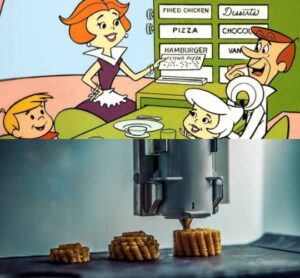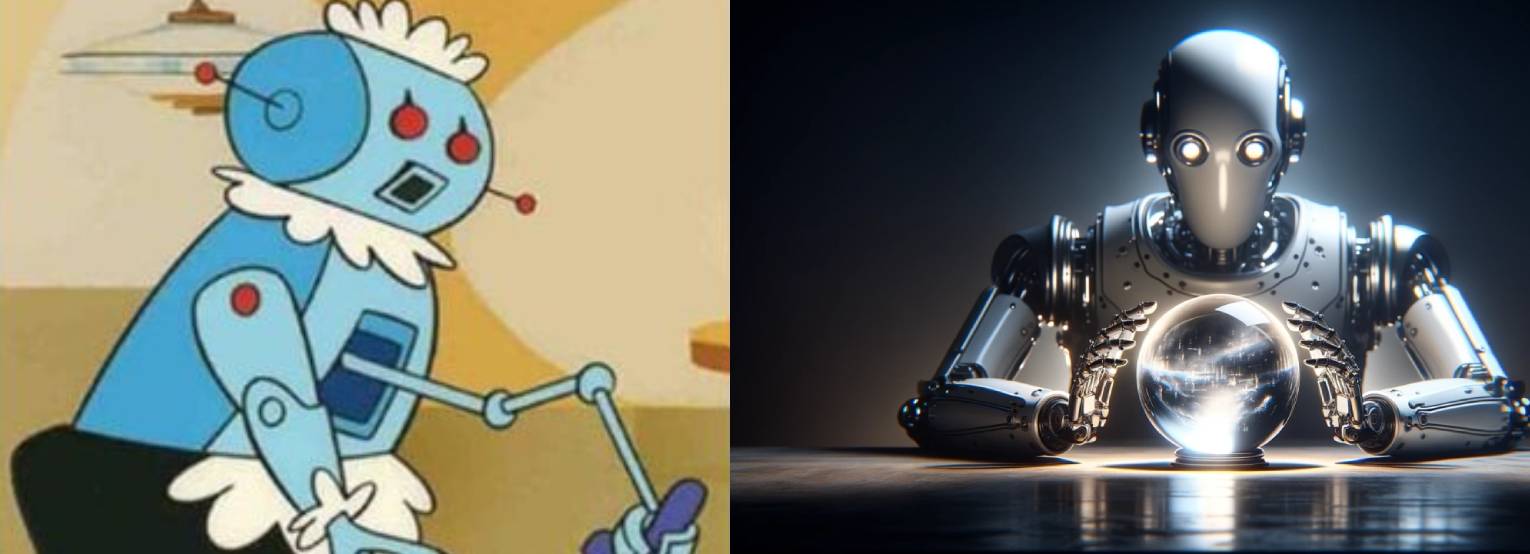Ever thought, about which technology was originally predicted by a science fiction writer? And amazed by how they have a crystal ball into the future? From flying cars to smartwatches, some of the most futuristic technologies we use today were first imagined in books, movies, and TV shows long before they became a reality. Let’s take a fun dive into the world of sci-fi predictions and see how fiction turned into fact!
1. Mobile Phones: A Star Trek Vision
Back in 1966, the TV show “Star Trek” introduced the world to the communicator, a device that looked strikingly like a modern flip phone. Fast forward 30 years, and Motorola named their first mobile flip phone the StarTAC, paying homage to this sci-fi classic. Imagine if they had combined the communicator with the tricorder (another Star Trek invention) — we might have had smartphones much earlier!
2. 3D Holograms: A Star Wars Drea
Remember the scene in “Star Wars” where Princess Leia appears as a hologram? That wasn’t just a cool trick for the movies. Today, researchers are bringing 3D holograms to life, with some even planning to use them for concerts. Imagine Buddy Holly and Roy Orbison performing live in hologram form!
3. Autonomous Cars: Asimov’s Vision
Isaac Asimov, a legendary sci-fi writer, imagined cars with “robot brains” in 1964. James Bond even had a self-driving car in “Tomorrow Never Dies.” Now, companies are racing to bring fully autonomous vehicles to the roads by 2025. Looks like Asimov’s vision is on the fast track!
4. 3D Food Printing: Jetsons’ Magic
The Jetsons had a home food machine that could whip up meals instantly, and “Star Trek” featured a replicator that could create food out of thin air. We’re catching up with this idea through 3D food printing. Columbia University has developed a technology to print full meals from prepared ingredients — who knows, chocolate printers might be next!
5. Flying Cars: Chitty-Chitty-Bang-Bang’s Legacy
Flying cars might sound like something out of a fairy tale, but they’ve been imagined in stories like “Chitty-Chitty-Bang-Bang” and “The Jetsons.” Today, private companies and NASA are working on “autonomous urban aircraft” that could make flying cars a reality by 2040. Keep your eyes on the sky!
6. Domestic Robots: From Fiction to Fact
The term “robot” was first coined in a 1920 play, and by the 1950s, sci-fi was already envisioning robots as household helpers. Today, while we don’t have Rosie the robot from “The Jetsons” just yet, robotic vacuum cleaners are a step in the right direction. Full-on household robots might not be too far off!
7. Drones: From Dune to Reality
Drones were first envisioned in Frank Herbert’s 1965 novel “Dune.” Fast forward to today, and we have drones for everything from aerial photography to package delivery. Even Robo-bees might help pollinate crops in the future. Who knew sci-fi could be so practical?
8. Virtual Reality: Entering Digital Worlds 
Stanley G. Weinbaum’s 1935 story “Pygmalion’s Spectacles” was the first to imagine virtual reality with goggles. Today’s VR technology lets us enter digital worlds, complete with 3D images and immersive sound. Researchers are even working on adding flavors and aromas to enhance the experience!
9. Smart Watches: Dick Tracy’s Gadget
In 1946, the comic strip “Dick Tracy” featured a two-way wrist radio. By 1964, it included video, a feature smartwatches don’t have yet but might in the future. Inspired by “The Jetsons,” smartwatches today are just the beginning of wearable tech.
10. Video Calls: The Jetsons and Beyond

Video calls were once the stuff of sci-fi dreams. Hugo Gernsback’s 1911 novel and the film “Metropolis” both imagined video communication. Today, we’re video chatting every day, thanks to apps like Zoom and FaceTime.
11. Earbuds: Bradbury’s Prediction
Ray Bradbury’s 1953 book, “Fahrenheit 451,” predicted earbuds with “seashells” and “thimble radios.” He described them as creating an “electronic ocean of sound.” Long before earbuds were a thing, Bradbury’s imagination was already there!
The Future is Now
Science fiction writers have a knack for predicting the future, and inspiring real-world technologies that shape our lives today. As we look ahead, who knows what sci-fi wonders will become reality next? Keep dreaming, and maybe one day, your favorite sci-fi gadget will be more than just fiction.
So, the next time you use a smartphone or VR headset, remember: science fiction didn’t just predict the future; it helped create it!

